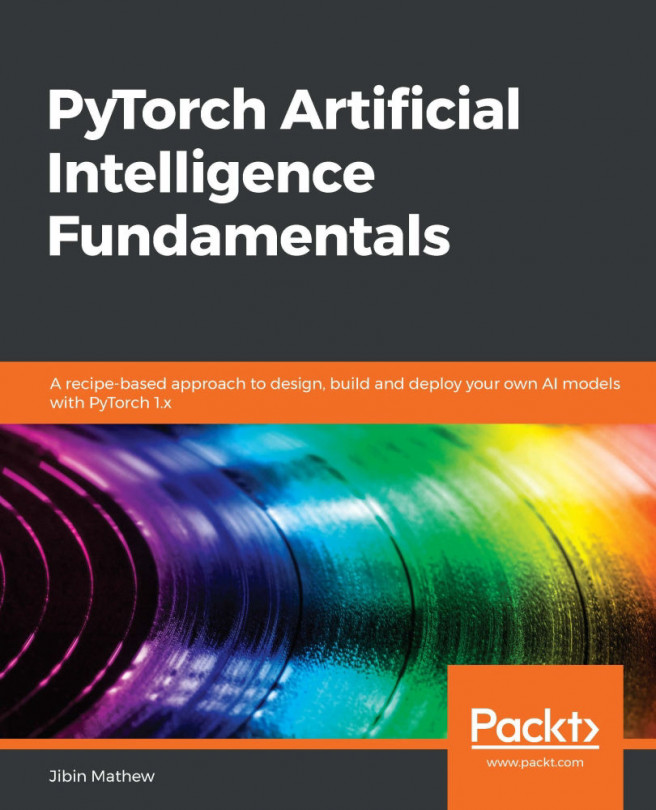Defining the approaches
Generative networks are mostly used in artistic applications nowadays. Style transfer, image optimization, deblurring, resolution improvements, and others are some examples. What follows are two examples of generative models being used in computer vision.


Figure 6.1: Examples of generative model applications such as super resolution and image inpainting
Sources: Generative Image Inpainting with Contextual Attention, Jiahui Yu and others and Photo-Realistic Single Image Super-Resolution Using a Generative Adversarial Network, Christian Ledig and others
There are several categories of generative networks described by Ian Goodfellow, the creator of GANs:

Figure 6.2 Generative network hierarchy
We'll be discussing two major categories that have been discussed a lot in the past and are still active research fields:
- Autoregressive models
- GANs
Autoregressive models are models where the current value is inferred from the previous values, as we discussed...












































































